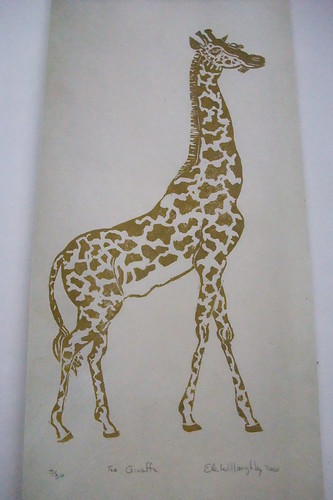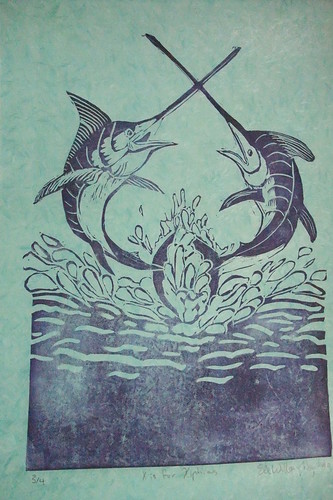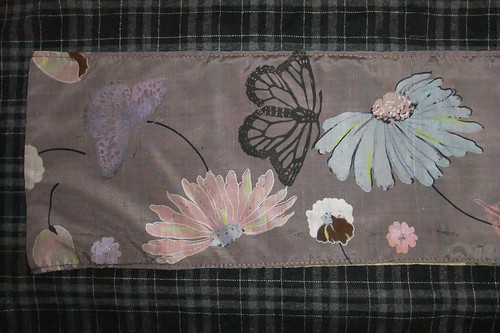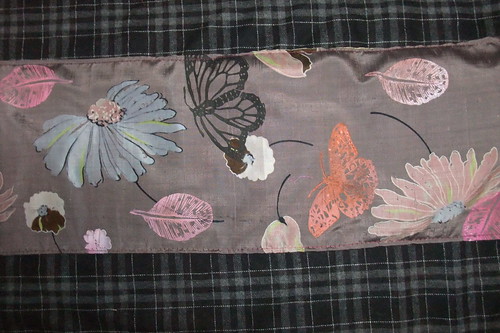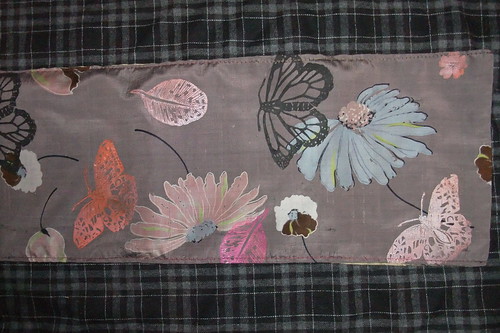

This pillow features my "Méfiez-vous de la contrefaçon!" block print in gold and turquoise on grey cotton (a re-purposed men's shirt). The front also features two contemporary print fabrics in creams and teals. The reverse has a rustic, hand-woven Nepalese fabric with a stripe of funky turquoise faux-bois and subtle silver-on-violet block printed minouette label.
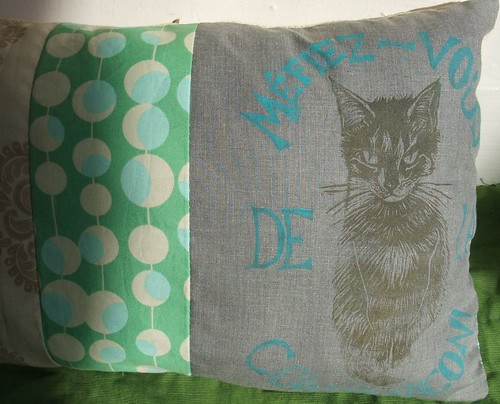

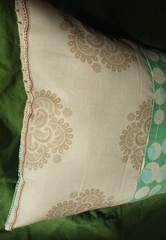

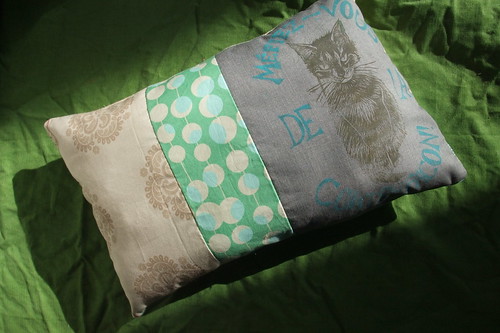
Dramatic light curtesy of skylights, living at 43°42′59.72″N and needing to get to work this morning.









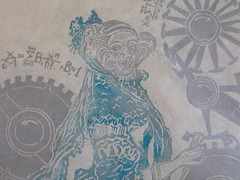
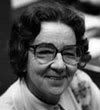 So I thought I'd tell you about of one my heroes,
So I thought I'd tell you about of one my heroes, 
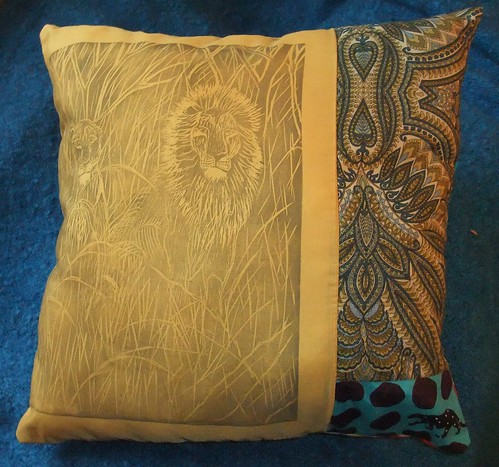
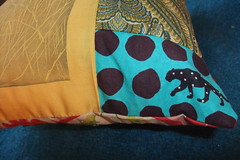


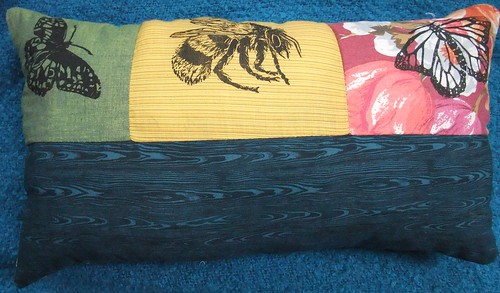


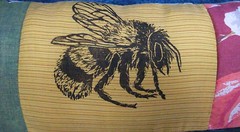
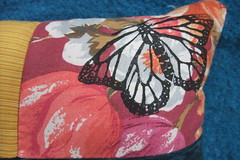

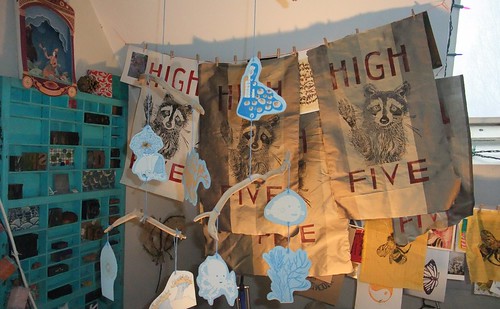
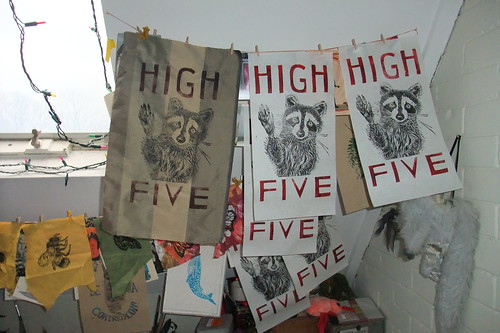
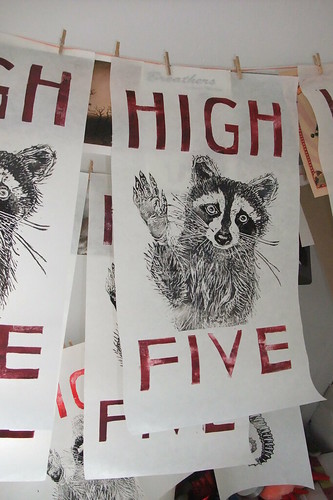



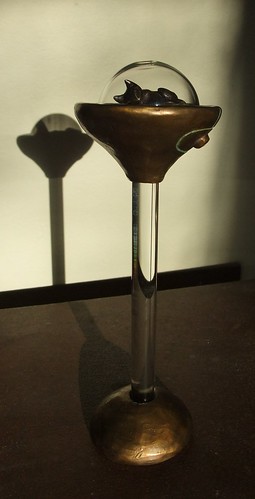
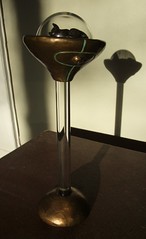

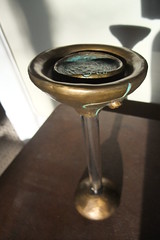
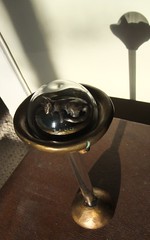
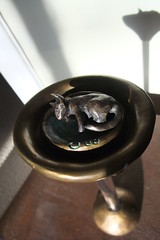
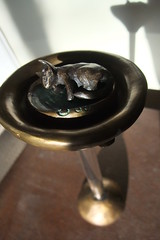
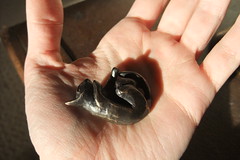
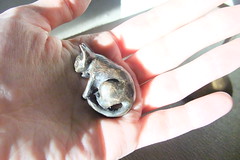
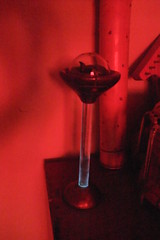

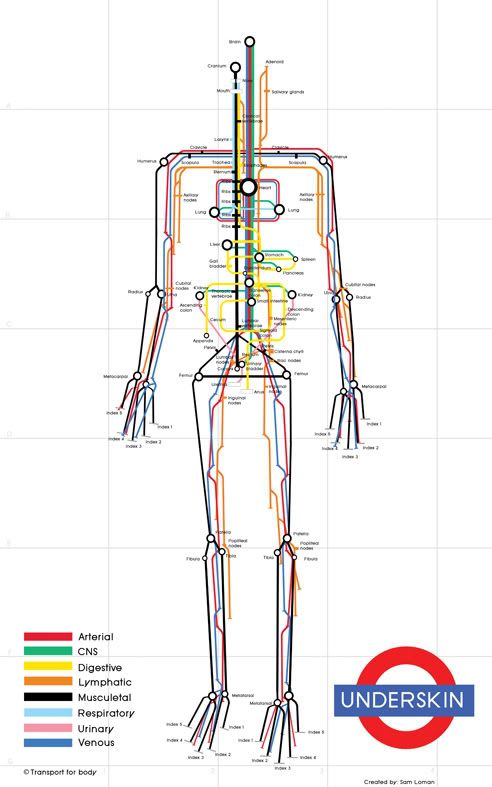

 I convinced the MSOE folks that what we need are some
I convinced the MSOE folks that what we need are some 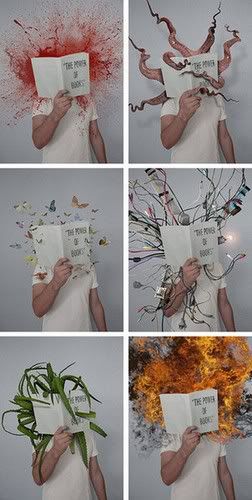 {image: The Power of Books, by Bulgarian artist
{image: The Power of Books, by Bulgarian artist  and so forth. Clearly, this is a man with a sense of humour about himself. My favorite, the suave Maxwell's Demon, makes an appearance. The way he wrote his own colleagues and contemporaries into a sort of fairytale - and illustrated them too - is sort of hilarious, to the physicist. Though some cultural and gender biases, as well as particle physics from just before the conceptualization of the quark, now seem quite dated.
and so forth. Clearly, this is a man with a sense of humour about himself. My favorite, the suave Maxwell's Demon, makes an appearance. The way he wrote his own colleagues and contemporaries into a sort of fairytale - and illustrated them too - is sort of hilarious, to the physicist. Though some cultural and gender biases, as well as particle physics from just before the conceptualization of the quark, now seem quite dated. 